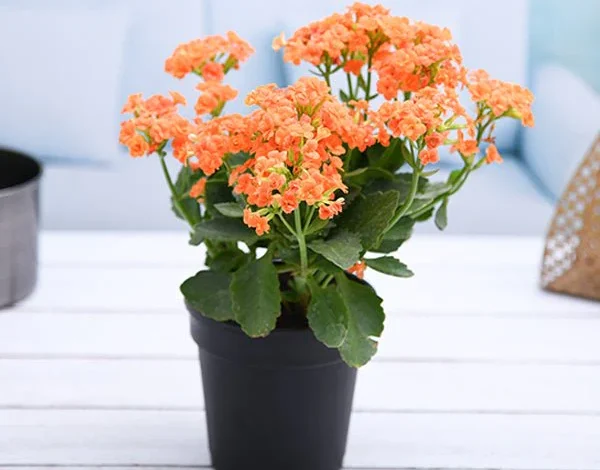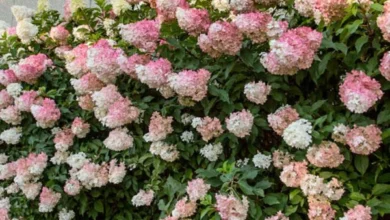Kalanchoe Plant: A Versatile and Beautiful Addition to Your Garden

Kalanchoe plants are not only aesthetically pleasing with their vibrant blooms but also remarkably resilient, making them an excellent choice for both beginner and experienced gardeners. Native to Madagascar and Africa, these succulent plants belong to the Crassulaceae family and are renowned for their low-maintenance nature. In this comprehensive guide, we’ll delve into everything you need to know about Kalanchoe plants, from their different varieties to care tips and propagation methods.
Different Varieties of Kalanchoe
Common Kalanchoe Varieties
Kalanchoe blossfeldiana, also known as florist kalanchoe, is perhaps the most popular variety, celebrated for its prolific and long-lasting blooms in vibrant shades of red, pink, orange, and yellow. Other common varieties include Kalanchoe tomentosa (panda plant) with its fuzzy leaves and Kalanchoe daigremontiana (mother of thousands) known for its unique propagation method through tiny plantlets on its leaves.
Rare and Unusual Kalanchoe Varieties
For collectors and enthusiasts, there are also rare and unusual varieties like Kalanchoe beharensis (felt bush) with its velvety leaves and Kalanchoe sexangularis (six angled kalanchoe) prized for its geometrically arranged foliage.
Growing Conditions for Kalanchoe
Light Requirements
Kalanchoes thrive in bright, indirect sunlight. Placing them near a south-facing window or providing supplemental fluorescent lighting indoors ensures optimal growth and flowering.
Soil and Potting Mix
Well-draining soil is essential for Kalanchoe plants to prevent root rot. A mixture of potting soil and perlite or coarse sand provides the ideal growing medium.
Watering Needs
These succulents prefer a slightly dry environment, so it’s crucial not to overwater them. Allow the soil to dry out completely between waterings, and water sparingly during the winter months.
Propagation Methods
Propagating Kalanchoe from Cuttings
One of the easiest ways to propagate Kalanchoe is through stem or leaf cuttings. Simply snip a healthy stem or leaf, allow it to callous for a few days, then plant it in well-draining soil.
Growing Kalanchoe from Seeds
While less common, Kalanchoe seeds can also be used for propagation. Sow the seeds in a shallow tray filled with well-draining soil, keep them moist, and provide indirect sunlight until they germinate.
Common Pests and Diseases
Pest Control Measures
Mealybugs and aphids are the most common pests that affect Kalanchoe plants. Regularly inspecting the foliage and treating infestations with insecticidal soap or neem oil helps keep these pests at bay.
Dealing with Common Diseases
Overwatering can lead to root rot and fungal diseases in Kalanchoe plants. To prevent these issues, ensure proper drainage and avoid getting water on the leaves.
Pruning and Maintenance
How to Prune Kalanchoe
Pruning encourages bushier growth and removes dead or leggy stems. Use clean, sharp scissors to trim back overgrown branches, and pinch off spent flowers to promote continuous blooming.
Tips for Maintaining Healthy Plants
Regularly fertilizing with a balanced fertilizer during the growing season and repotting every couple of years helps maintain the health and vigor of Kalanchoe plants.
Uses of Kalanchoe Plants
Ornamental Purposes
With their striking foliage and vibrant flowers, Kalanchoe plants add a pop of color to any indoor or outdoor space, making them popular choices for decorative arrangements and container gardens.
Medicinal Uses
Some species of Kalanchoe, such as Kalanchoe pinnata (miracle leaf), have been traditionally used in herbal medicine for their purported medicinal properties, including wound healing and anti-inflammatory effects.
Conclusion
Whether you’re a seasoned gardener looking to expand your collection or a novice seeking an easy-to-care-for plant, Kalanchoes are an excellent choice. With their diverse varieties, stunning blooms, and minimal maintenance requirements, these succulents bring beauty and versatility to any garden or living space.

